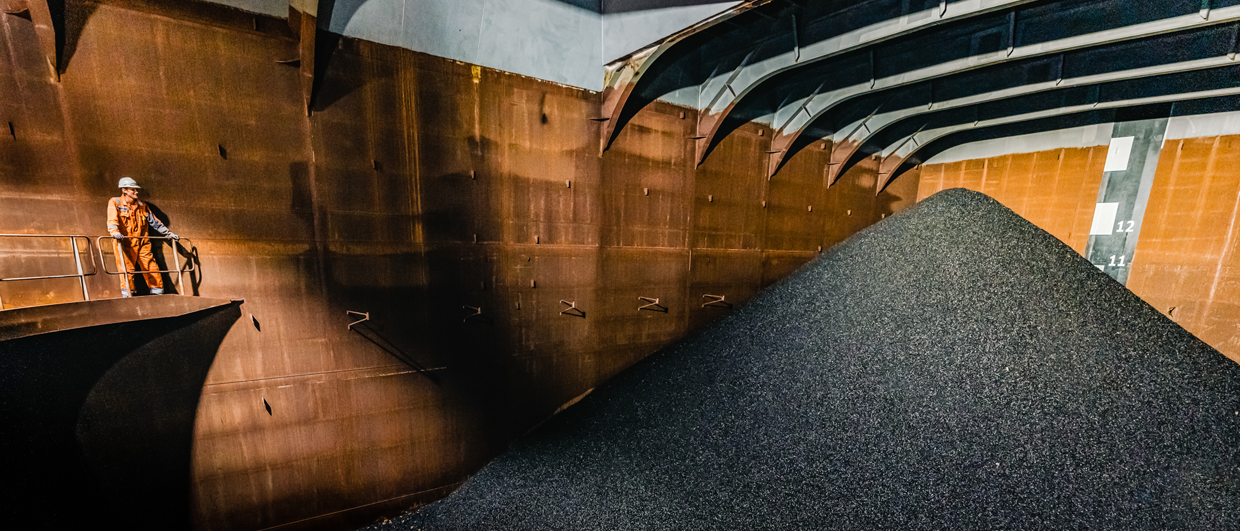“Plan B” became as successful as anyone could have hoped, as a new hydrothermal vent was discovered by a Norwegian team of researchers. This summer, the GoNorth expedition was originally aiming to go further north and east to the Gakkel Ridge in the Arctic Ocean to do groundbreaking research.
However, due to challenging ice conditions, the research vessel Kronprins Haakon was instead forced to stay in more navigable waters west and northwest of Svalbard.
The month-long expedition has collected a wide range of data in the water column and on the seabed at several localities along the Knipovich Ridge, including the Molloy Deep area – Norway’s deepest point – and the Aurora seamount.
Late in July, the vessel made its way to the Lena Through, which connects the Knipovich and the Gakkel Ridge in the Fram Strait. In the area around the Lucky Ridge seamount, the remotely operated vehicle (ROV) was sent down to the seabed in several dives, and the researchers quickly found signs of hydrothermal activity, including heat signals in the water column, mineral crusts, and specific faunas that are dependent on hot, nutrient-rich waters emanating from the Earth’s interior.
However, it was not until the last proper expedition day, on August 4th, that the discovery was made. Late in the evening, during what was supposed to be the last dive, the ROV’s camera spotted a silhouette in the distance. They had just discovered a new, previously unknown, black smoker – an active hydrothermal vent with chimneys spewing out boiling, particle-rich water that resembles black smoke.
The expedition participants were ecstatic. Finding a new black smoker is rare. In Norwegian waters, we have so far documented ten of them. This discovery, that has now been named Ultima Thule, is number eleven. Samples were collected and will be analysed in the coming months.
This year’s expedition was part of a three-year project that launched its operations in 2022. The project aims to considerably increase knowledge of the Norwegian part of the Arctic Ocean and has been planned since 2010.
In 2024, GoNorth plans to venture out to the conjugated Morris Jesup Rise and the Yermak Plateau, located on the Greenlandic and Norwegian sides of the spreading ridge, respectively.




